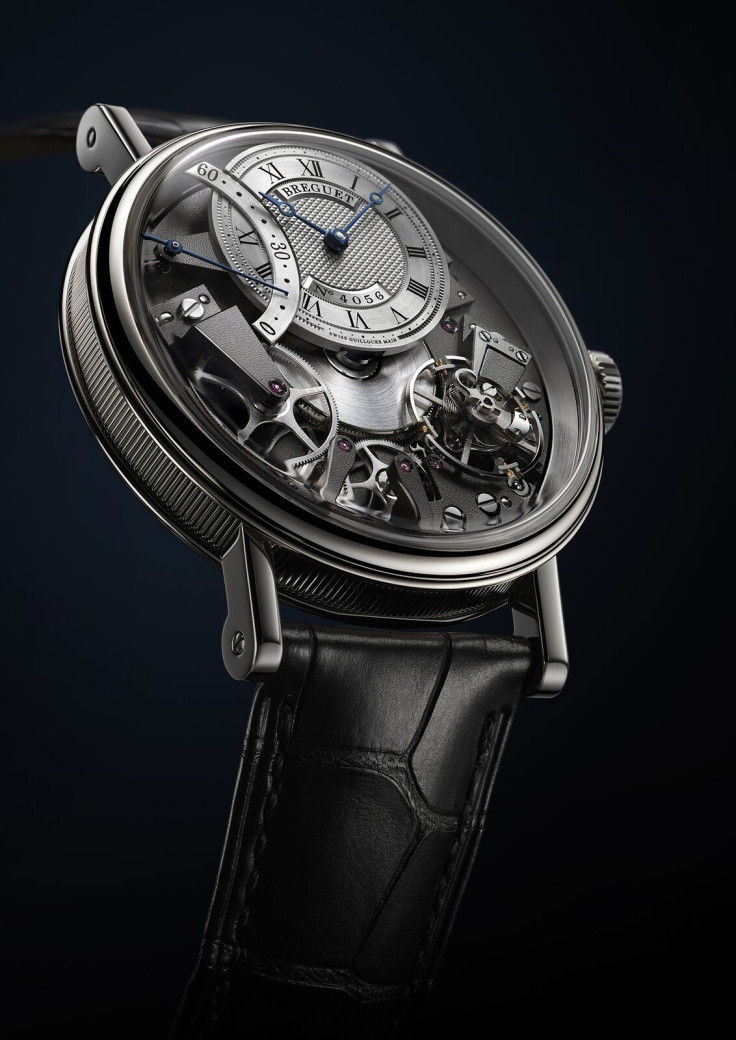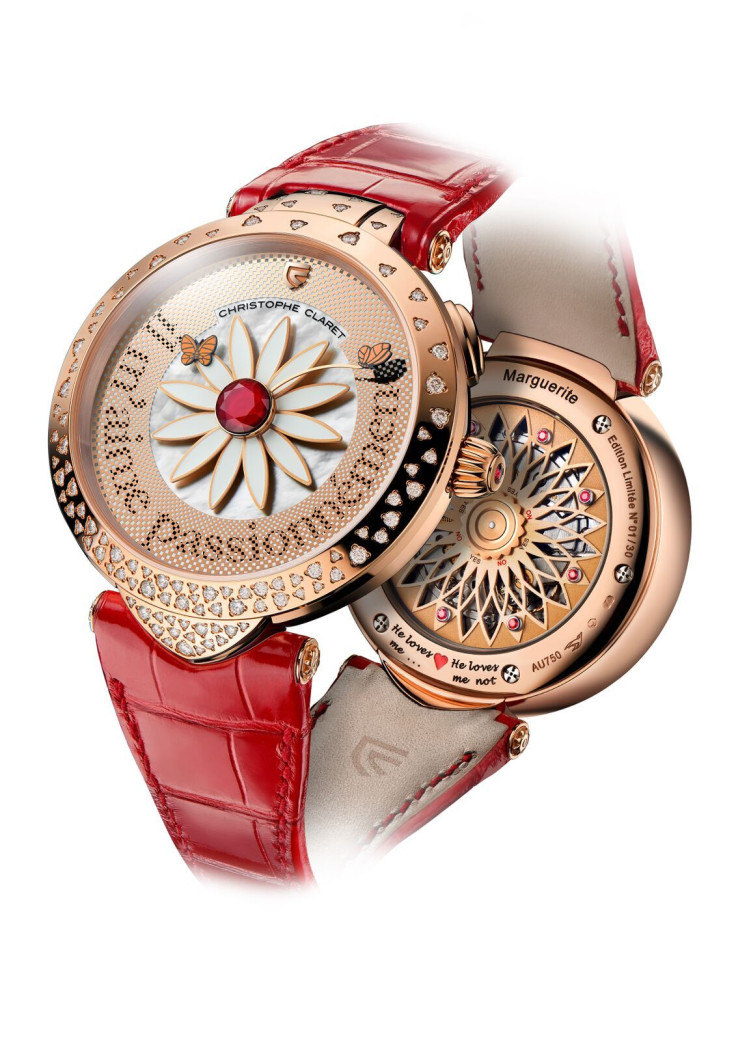Alternative Displays Are Changing The Face Of Watchmaking
Sponsored content from Modern Luxury
Over centuries, watches have generally displayed the time and additional functions using well-behaved pointers turning predictably about the dial. This visual hegemony was not really put into question by the quartz revolution, which could have dispensed with it altogether. Paradoxically, it is mechanical watchmaking that has relaunched the quest for alternative solutions. Retrograde or jumping displays, used sporadically in the past, have returned with a vengeance, giving rise to numerous interpretations.

But we are also seeing an increasing number of different kinds of displays that are literally changing the face of watchmaking, offering an infinite field of creativity—including satellite systems, pivoting cubes, linear displays, retractable hands, and even devices incorporating liquid. These “dissident” display modes, which usually require highly sophisticated mechanisms, have become a favorite field of exploration for young, independent creative talents, and a signature feature of many new brands seeking to set themselves apart. These creators have a shared ambition: turning their timepieces into quite playful objects.
A brief history of time display
Using hands sweeping around a dial to display the time is a fairly recent phenomenon on the scale of human history, since it appeared only at the end of the Middle Ages, in conjunction with the birth of mechanical horology. It was preceded by an extremely broad variety of methods and instruments.

The simplest and most ancient way of evaluating the time of day is to observe the height of the sun in the sky—or its corollary, meaning the position and length of the shadow cast on the ground by a vertical body. To fine-tune these measurements, human beings soon invented sundials, instruments fitted with a fixed hand casting its moving shadow on a graduated surface. These instruments were commonly used in Egypt as of the second millennium BC, before serving in ancient Greece and Rome. Throughout the Middle Ages, sundials remained one of the main means of getting one’s temporal bearings—at least during the daytime, under clear skies. At night, our forebears would observe stars, which have always been our main temporal references.
However, our early ancestors soon realized that they could make use of certain natural phenomena such as the regular flow of water to measure durations without resorting to the sun or the stars. This resulted in the famous clepsydras or “water clocks,” featuring vessels with a small hole in them, in which the level of the liquid made it possible to read off the time on a graduated vertical scale. Already used in Mesopotamia and in Egypt, clepsydras were very popular in Ancient Greece and Rome.
The birth of mechanical horology, in the early 14th century, did not immediately result in a new way of reading the time. The first monumental clocks, on steeples and belfries, often had no dial—the indication of time was purely audible.

The system based on a hand revolving around a dial—inspired by the circular displacement of the shadow on sundials—only gradually established itself during the 14th century and at the start of the 15th century. The left-to-right direction of the rotation, borrowed from horizontal solar clocks, soon became the norm, although some clocks sport an hour hand that rotates counter-clockwise, as is the case on vertical sundials.
The first pocket watches, which appeared in the late 15th century, had only one hand, the hour hand. It would take the invention of the regulating balance-spring (1675) to popularize the use of the minutes hand, followed a century later by the seconds hand. This system, subsequently used on wristwatches, has seemed so “natural” to us ever since that it has not been superseded by quartz technology, even though the latter could perfectly well dispense with hands.

However, horologists soon began striving to develop other ways of reading time. In the 17th century, pocket watches with retrograde displays had already made their appearance. The disc- and aperture-type displays that are the ancestors of our jumping systems were also featured in the first pocket watches for long-duration indications such as the months or Zodiac signs. Their use was then extended to encompass the hours and minutes and equipped with instant-jump mechanisms.





















